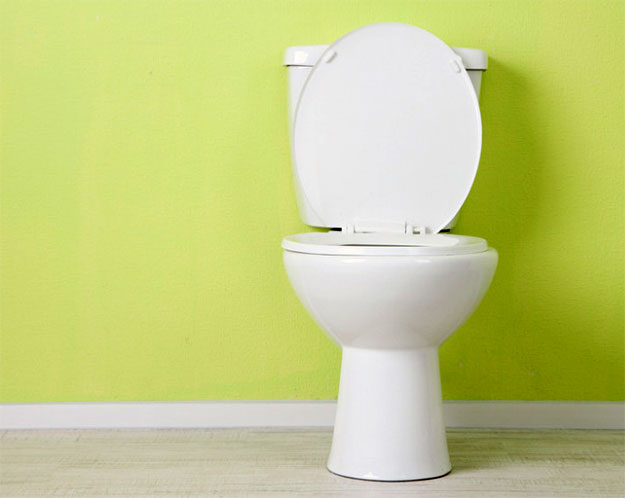Many Americans are confused about the best ways to conserve water and have a slippery grasp on how much water different activities use, according to a national online survey conducted by an Indiana University researcher.
Experts say the best strategy for conserving water is to focus on efficiency improvements such as replacing toilets and retrofitting washing machines. However, the largest group of the participants, nearly 43 percent, cited taking shorter showers, which does save water but may not be the most effective action. Very few participants cited replacing toilets or flushing less, even though toilets use the most volume of water daily.
The results of the survey of 1,020 participants are detailed in the article “Perceptions of Water Use” by author Shahzeen Attari, an assistant professor at Indiana University Bloomington’s School of Public and Environmental Affairs. The article appears the week of March 3 in Proceedings of the National Academy of Sciences.
“People may be focusing on curtailment or cutting back rather than efficiency improvements because of the upfront costs involved,” Attari said. “It is also surprising how few participants mentioned retrofitting their toilets. Even though toilets use less water volumetrically than washers and showers per use, the frequency of use results in the highest water use overall.”
The survey then asked participants to estimate water used by 17 different activities such as using a carwash, taking a shower for 10 minutes, using a standard flush and so on. Results show that on average, participants underestimate water use by a factor of two, with severe underestimates for activities that use a lot of water. This is somewhat encouraging news as Americans seem to underestimate water use less than they do energy use, which was underestimated by a factor of about three, as illustrated by Attari’s previous research also published in PNAS.
Many side factors lead to better accuracy in people’s perceptions of water and energy use. For instance, participants with stronger pro-environmental attitudes have more accurate perceptions of energy use but not for water use. Being older and being male lead to more accurate perceptions of water use but not energy use. Finally, numeracy, or the ability to understand and apply numerical concepts, is an important factor for accuracy in both water and energy use perceptions.
Finally, and not surprisingly, participants had no clue about how much water was needed to produce four particular foods: rice, coffee, sugar and cheese.
“Given that we will need to adapt to more uncertain fresh water supplies, a problem that the state of California is currently grappling with, we need to find ways to correct misperceptions to help people adapt to temporary or long-term decreases in freshwater supply,” Attari said.
Source: http://www.sciencedaily.com/
Dear User/Visitor! Please, answer on our questions: tick off one of the positions – your answer will make us able to improve our site and make it more interesting and useful!


